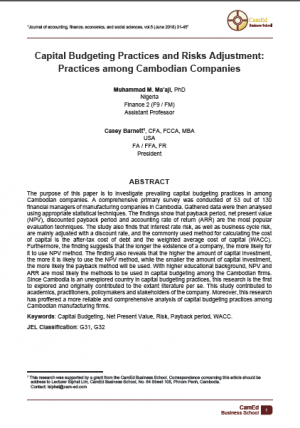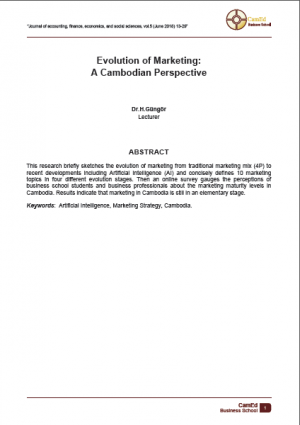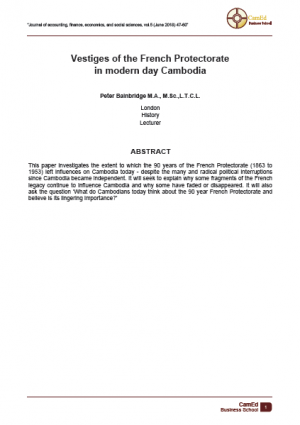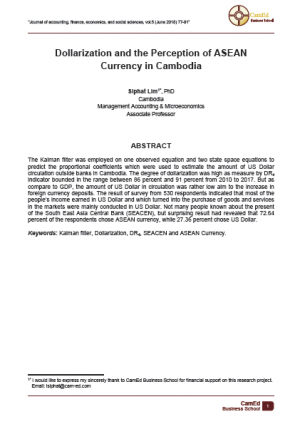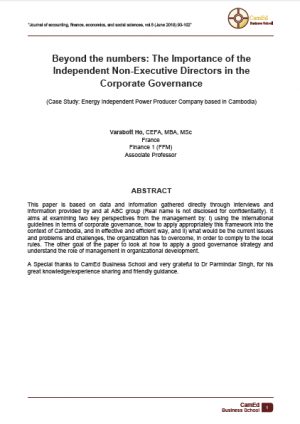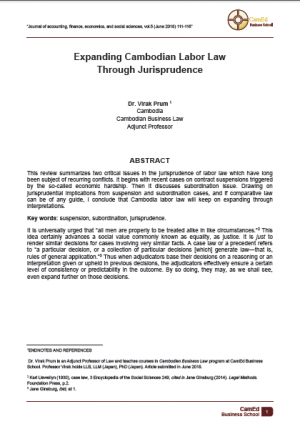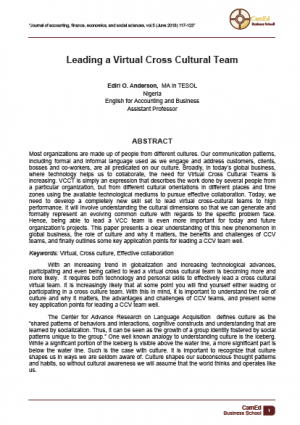Capital Budgeting Practices and Risks Adjustment: Practices among Cambodian Companies
For read a book, Please sign into your account.
loginABSTRACT
The purpose of this paper is to investigate prevailing capital budgeting practices in among Cambodian companies. A comprehensive primary survey was conducted of 53 out of 130 financial managers of manufacturing companies in Cambodia. Gathered data were then analysed using appropriate statistical techniques. The findings show that payback period, net present value (NPV), discounted payback period and accounting rate of return (ARR) are the most popular evaluation techniques. The study also finds that interest rate risk, as well as business cycle risk, are mainly adjusted with a discount rate, and the commonly used method for calculating the cost of capital is the after-tax cost of debt and the weighted average cost of capital (WACC). Furthermore, the finding suggests that the longer the existence of a company, the more likely for it to use NPV method. The finding also reveals that the higher the amount of capital investment, the more it is likely to use the NPV method, while the smaller the amount of capital investment, the more likely the payback method will be used. With higher educational background, NPV and ARR are most likely the methods to be used in capital budgeting among the Cambodian firms. Since Cambodia is an unexplored country in capital budgeting practices, this research is the first to explored and originally contributed to the extant literature per se. This study contributed to academics, practitioners, policymakers and stakeholders of the company. Moreover, this research has proffered a more reliable and comprehensive analysis of capital budgeting practices among Cambodian manufacturing firms.
Keywords: Capital Budgeting, Net Present Value, Risk, Payback period, WACC.
JEL Classification: G31, G32

